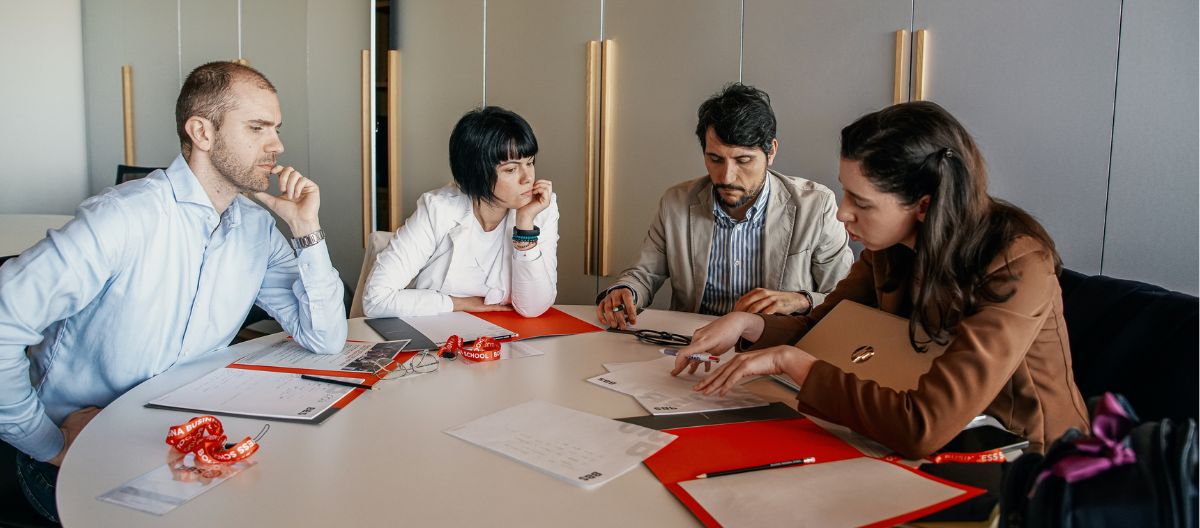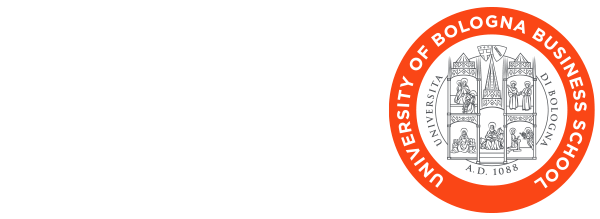
A strategic vision for a resilient supply chain: the experience of Eleonora Marongiu, Alumna of the Executive Master in Supply Chain and Operations
20 October 2025In a global scenario marked by uncertainty and volatility, the purchasing function has taken on an increasingly strategic role. Eleonora Marongiu, Head of Purchasing at Selcom Group and Alumna of the Executive Master in Supply Chain and Operations from Bologna Business School, shares in this interview her professional experience and reflects on the value of a training path capable of generating an immediate impact in the workplace.
In recent years, we have experienced a sequence of events that have placed significant stress on the supply chain: the pandemic, turbulence in raw materials markets, the Suez Canal blockage, the war in Ukraine, and the aggressive tariff policies of the new US administration. What were the main repercussions of these events on your company’s supply chain? Have these events led you to reconsider your sourcing choices in terms of supplier location?
For those working in procurement in the world of electronic components, or even for those just involved in this sector, the past few years have been an unprecedented accumulation of turbulence and deeply disruptive events. In the immediate aftermath of the pandemic, the biggest issue was the significant delays in deliveries, with average lead times increasing from 8–12 weeks to as much as 52 weeks for critical components. Sometimes the lead time was no longer even indicative of actual material availability. This unpredictability made it extremely difficult to plan production and meet customer commitments.
The second issue was undoubtedly related to costs: the scarcity of raw materials, the concentration of the few available components in certain supply chains, and logistical problems pushed up the cost of many components—particularly semiconductors and microcontrollers. Some products increased in price by 200–300%, with no room for negotiation. As often happens, these crises are cyclical, and since 2023 the situation has come back under control, creating space to revisit the company’s strategic decisions.
The world of electronic components is heavily dependent on Chinese and Taiwanese suppliers in terms of raw material availability, production capacity, and investment. For this reason, topics such as reshoring—which have become a reality in other sectors—are not currently viable options. However, we have focused on several areas for action.
From a purchasing perspective, it is no longer possible to avoid conducting a serious risk analysis of the supply chain. Today, suppliers are also evaluated based on geopolitical risk, financial stability, and their ability to ensure business continuity through plants located in different countries.
Another area we are heavily investing in is internal collaboration between procurement, planning, and design to reduce reaction times when a supply chain issue arises. Our R&D team now knows how to search for and propose product alternatives to the customer quickly, the quality team knows what to do to ensure the alternative is accepted, and production planning can immediately adjust its plans accordingly.
Many Italian companies have expressed concern about the US tariff policy and its potential impact on exports. What is your impression? Has your company experienced or is it expecting any repercussions? Have you undertaken or are you considering mitigation actions?
Currently, the uncertainty and lack of a clear regulatory framework are generating a kind of paralysis in companies that are not directly affected, leading them to adopt a wait-and-see approach in the absence of stable guidelines. This instability makes supplier relationship management extremely complex, especially when negotiating medium- to long-term contracts. We are seeing increasing difficulty in fixing lasting economic conditions: supplier quotes are increasingly volatile, their validity periods are much shorter than in the past, and new contract clauses are appearing that are triggered in the event of new tariffs.
There is a widespread perception that each new tariff measure could trigger ripple effects throughout the supply chain: margin pressure, material availability issues, and the need to revise sourcing strategies even in the very short term. Structurally, we are witnessing a significant shift: many strategic Asian suppliers—particularly those active in PCB production—are already initiating relocation of production outside China, focusing on countries such as Thailand, Malaysia, and Vietnam in an effort to preserve access to global markets and reduce geopolitical risks.
In this waiting period, it makes sense to implement a series of actions that can help mitigate future risks, even if only partially, by working on three fronts:
- qualification plans for alternative suppliers, especially those with only one production facility;
- collaboration with key suppliers to gain visibility into their strategic choices and favor long-term partnerships based on transparency and risk-sharing;
- the use of tools such as shared forecasts and bonded inventory with strategic suppliers.
In this scenario, for procurement managers, it has become essential to constantly monitor regulatory and geopolitical developments, maintain strong contractual flexibility, and develop alternative strategies to ensure continuity of supply in an increasingly unstable context.
In the complex global landscape we are experiencing, what choices and tools do you believe can help manage the supply chain? In your view, can a program like EMSCO help develop those capabilities?
The purchasing world is undergoing a profound transformation, which we see every day in our work. Alongside technical skills and product knowledge, it is now essential to cultivate a strategic vision of the role, and to adopt tools that allow us to turn data into concrete decisions in the shortest possible time.
In this context, EMSCO represents a constantly evolving program. Each edition is enriched with up-to-date content, inspired by the observation of global changes and fuelled by the direct contributions of professionals from the field. The program’s greatest added value lies in its ability to bridge theory and practice, addressing real topics in the classroom, concrete cases, and operational tools that can be applied immediately in one’s professional environment.
Often, caught up in the daily management of critical issues, there is little time to step back and analyze situations from new perspectives. EMSCO offered me just that: an opportunity to exchange ideas with colleagues from other sectors, with experienced lecturers, and with potential suppliers and strategic partners.
For me, EMSCO was an opportunity to develop greater decision-making maturity and a strategic vision—both essential today to meet the challenges of modern procurement.
